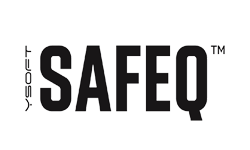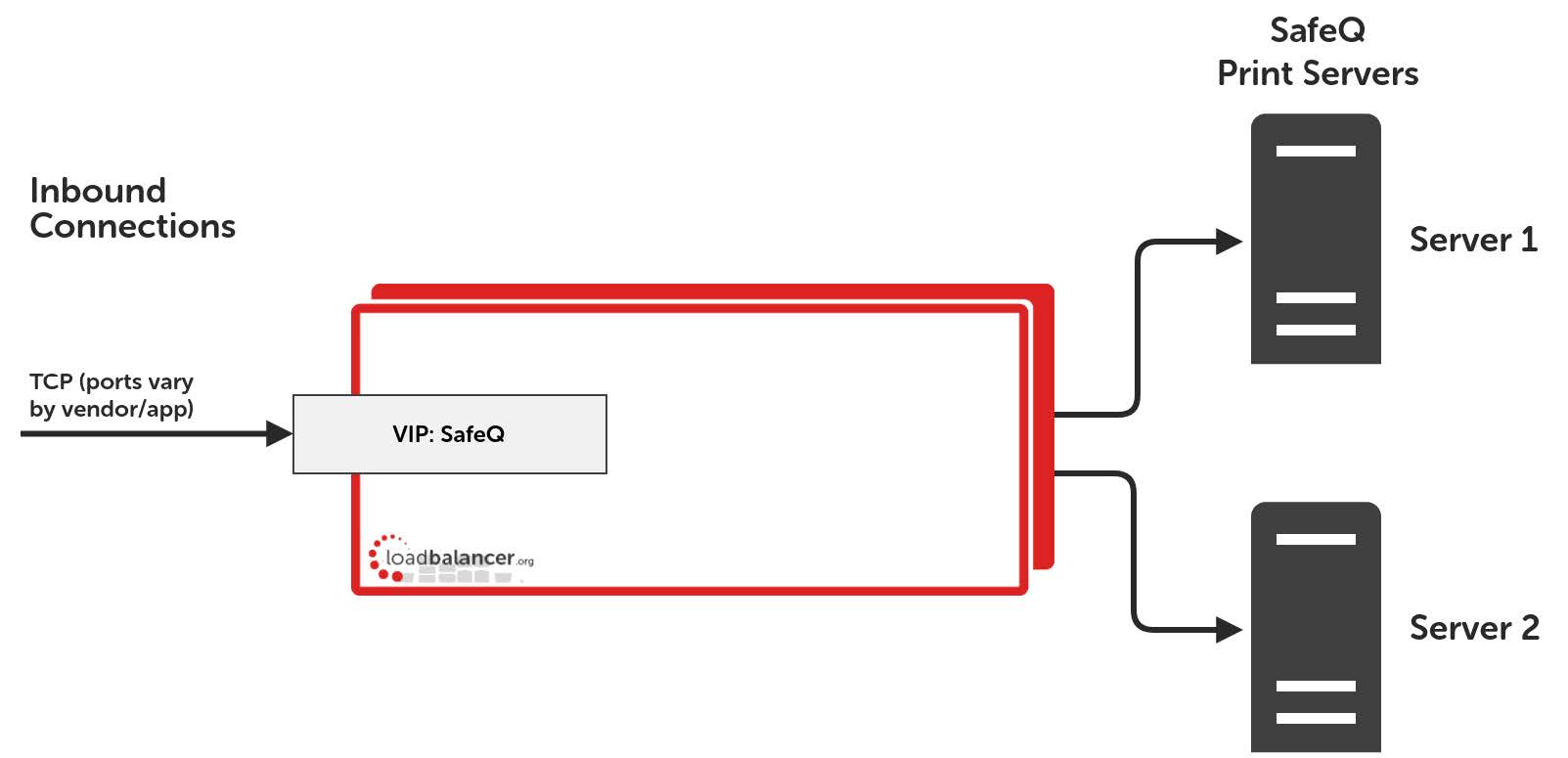Load balancing YSoft SafeQ

Useful resources
About YSoft SafeQ
YSoft SafeQ provides centralized print management and digital workflows to support business growth while solving cost, security and accountability requirements. It brings administrative visibility and easy control of print services to the table through a comprehensive dashboard, reducing the burden on and freeing up IT resources.
Key benefits of load balancing
As print and document workflow specialists, Loadbalancer.org understands that these environments can be complex with multiple technologies and applications.
Load balancing YSoft SafeQ creates systems that are:
- reliable and highly available
- scalable
- high-performing
Loadbalancer.org specializes in providing application delivery controllers (ADC) and load balancing solutions to the Print and Workflow Management sector – our deployment summary is below.
How to load balance YSoft SafeQ
A load balanced, highly available YSoft SafeQ environment requires:
- Microsoft Windows Server environment
- Installation of SafeQ (Version 6 rev. 42)
Setting up a load balanced YSoft SafeQ environment includes these steps:
- Create a virtual service (VIP) on the load balancer that listens on the required ports
- Associate the print servers to the virtual service, i.e. define them as ‘real servers’ (RIPs) for the VIP
- Install and configure the YSoft SafeQ Windows print servers
- Configure registry settings on the print servers to enable them to be accessed via a shared name
- Configure name resolution related settings on the print servers
- Point users at the VIP to access the print server and the printer shares

The load balancer can be deployed in four fundamental ways: Layer 4 DR mode, Layer 4 NAT mode, Layer 4 SNAT mode, and Layer 7 SNAT mode – for SafeQ, using layer 4 DR mode or layer 7 SNAT mode is recommended. These modes are described in our YSoft SafeQ Deployment Guide. For configuring using DR mode please refer to the section starting on page 15, and for configuring using a combination of layer 4 NAT mode and layer 7 SNAT mode refer to the section starting on page 17.
For a SafeQ deployment, the preferred and default load balancer configuration uses Layer 4 DR Mode (Direct Routing, aka DSR / Direct Server Return). This is a very high-performance solution that requires little change to your existing infrastructure. It is necessary to solve “the ARP problem” on the real print servers. This is a straightforward process, and is detailed in section 1 of the appendix, Solving the ARP Problem, on page 20.
Using Layer 7 SNAT Mode might be preferable if making changes to the real print servers is not possible, although some Windows Registry keys need to be added. Due to the increased amount of information at Layer 7, performance is not as fast as at Layer 4. Also note that load balanced connections at Layer 7 are not source IP transparent, which is not usually an issue when load balancing print servers but should still be considered.
deployment guide

YSoft SafeQ Deployment Guide
Read deployment guidemanual

Administration manual v8
Read manual


